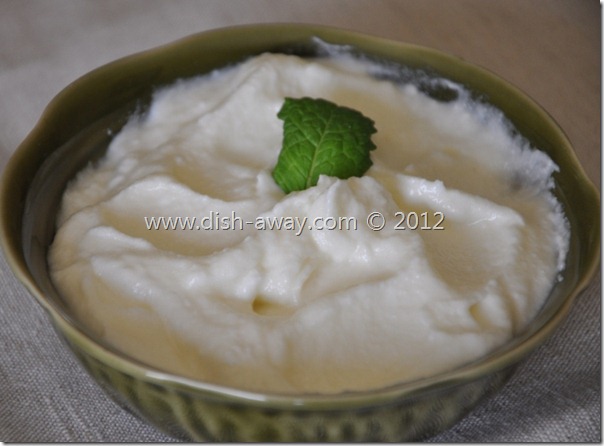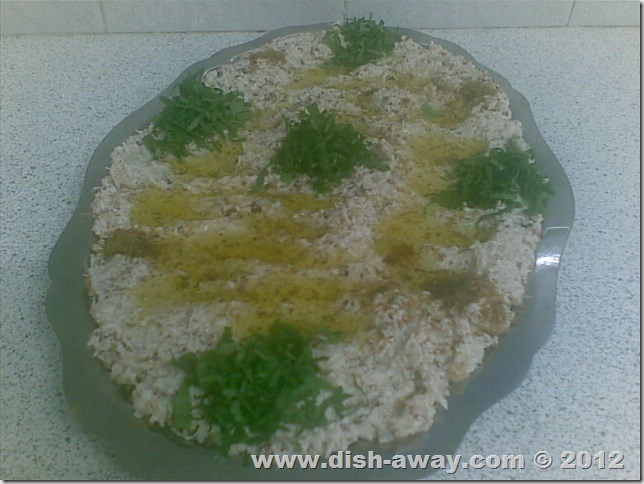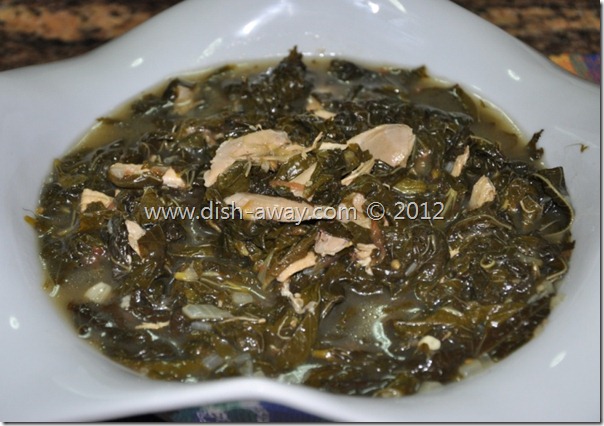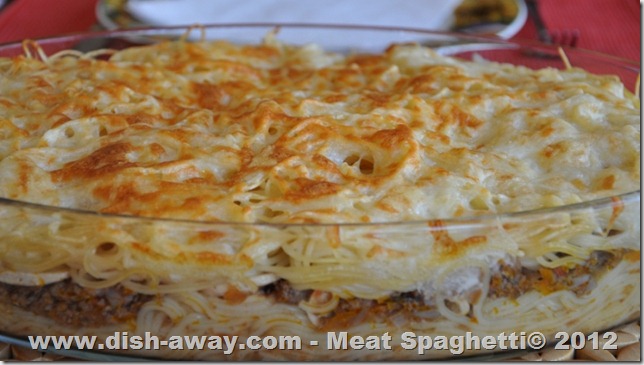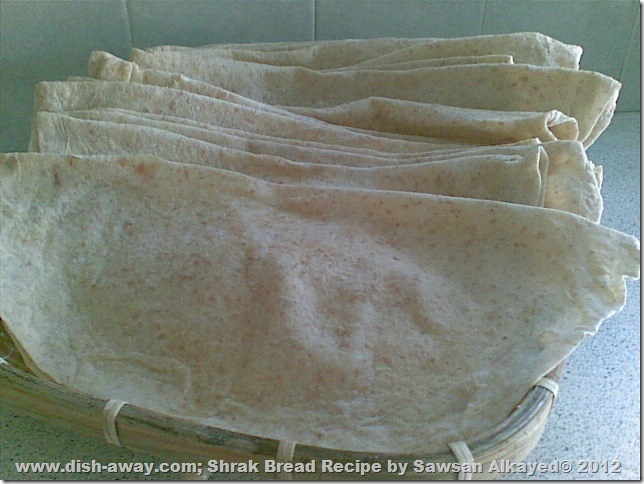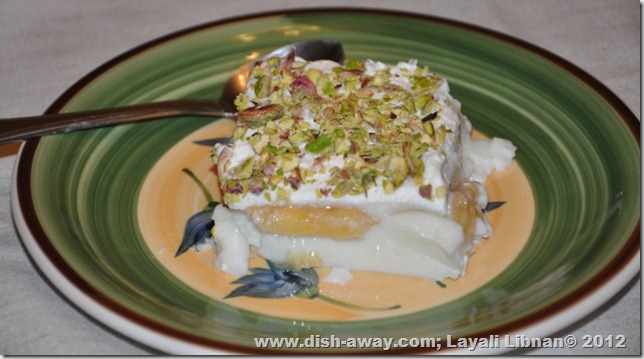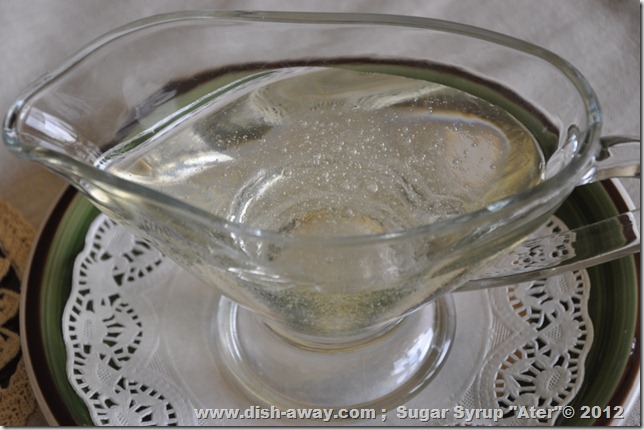Garlic sauce is very popular across the Middle East region! We eat Garlic sauce with grilled chicken, meat, chicken shawerma, and countless other things…
There are different popular versions for preparing Garlic Sauce. In the Levant region, namely Lebanon, Syria, Jordan and Palestine, we prepare garlic sauce by adding boiled potatoes to the garlic. This version is widely known as “Lebanese Garlic Sauce” and it is the one I will post today. In Greece and Cyprus, they prepare garlic sauce using bread. Both versions of Garlic Sauce are tasty with grilled chicken and meat! I also know of some who prepare it with cornstarch and water, but I haven’t tried that yet.
Personally, I am a BIG, BIG fan of garlic… if you have been following my blog you would have guessed that by now! I can probably eat garlic with anything. Other than the conventional ways of eating garlic sauce, I particularly enjoy mixing it with Labaneh, then drizzling it with olive oil and dipping it with hot pita or shrak bread… heavenly. For those outside the region, Labaneh is a very popular creamy yogurt-based dairy product, somewhat similar to sour cream, some people in the west refer to it as yogurt cheese. It is easily prepared at home and I’ll make sure to post that in the near future.
Garlic Sauce Recipe
Cauliflower Mutabal Recipe
I learned how to cook Cauliflower Mutabal from my mother. The most popular mutabal is the eggplant (aubergin) one and it is the one that is usually served in Middle Eastern and Arabic restaurants. Few people have ever tried the cauliflower mutabbal although, once you do, you will want to eat it regularly.
The first time I prepared cauliflower mutabal for my husband he loved it so much that he started asking me to prepare it regularly. And I must admit, I enjoy preparing it a lot because it reminds me of my childhood and the times I used to spend with my mother in the kitchen.
The cauliflower mutabbal has a very distinct taste, which is very different from the cauliflower flavor we know. It is served as a mezza (appetizer) and can be eaten warm or cold. When I prepare this dish for guests, they have a hard time believing it is prepared with cauliflower.
I hope you try preparing cauliflower mutabal, and I promise you, you will not be disappointed!
Chocolate Frosting Recipe
Preparing this chocolate frosting has been on my to-do list for a while! Ever since I posted my first recipe, chocolate cake, back in December, and I’ve been meaning to prepare and post one of my favorite chocolate frosting recipes. At the time, I was still learning my way around blogging and completely forgot to take any photos of the chocolate frosting! With all the other food I have been cooking and baking, preparing and posting chocolate frosting just kept being postponed. 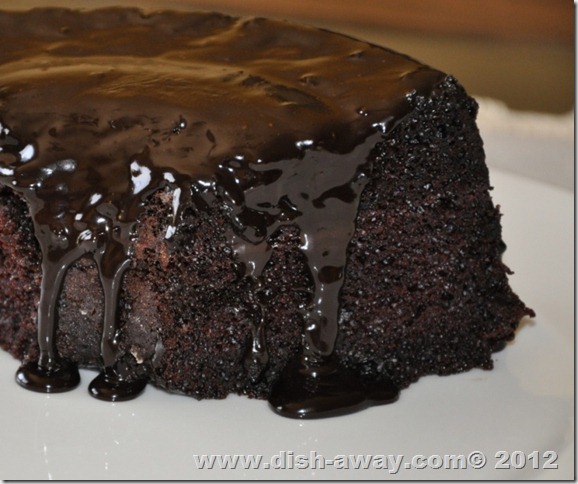
I have several delicious and easy recipes for chocolate frosting and chocolate cream that I prepare. I chose to post this one first because I find it to be the easiest chocolate icing ever, and all the ingredients are always handy.
I have found that when we pour the chocolate icing on the cake while the cake and icing are still a little warm, we get a better result as the outer layer of the cake absorbs some of the icing.
Strawberry Shortbread Trifle
Shortbread is the perfect little treat; it's light, flaky and buttery. It tastes great by itself, but even better when you layer it with some sweetened cream cheese, frozen whipped topping, jello and fresh strawberries. Repeat the layers and you have a dessert that's simple to prepare, tastes delicious and looks beautiful. Perfect to take to all those summer picnics!
Molokhia (Jews Mallow) with Chicken Recipe
Molokhia, Mulukhia, Mlukhieh, Mulaheyah, Mloukhieh, Egyptian Spinach, Salad Mallow, Jews Mallow or Jerusalem Mellow is names given to this majestic plant that is very popular throughout the Middle East and North Africa. The scientific name for Mulukhia is “Corchorus Olitorius”.
Some say that the name Molokhia is derived from the Arabic word Mulukia meaning “Royal” and list it as a favorite food of the Pharaohs in Ancient Egypt. Nowadays, it is a favored dish among young and old in all Arab countries and is listed as a traditional dish in the culinary cuisine of more than one country.
From my childhood I remember this popular story about Molokhia: “an immigrant was travelling to the U.S. and, of course, he was carrying dried Molokhia with him. He was stopped by immigration as they thought he was carrying weed. As he couldn’t explain what these dried leaves were, they took a sample to test. The result: a green weed with zero nutritional value, fit for animal consumption only.” Upon hearing the story everyone would burst into laughter and say “fit for animal consumption or not, it remains one of the best meals ever”![]() Of course the nutritional value thing is just a myth to relay the love people have for this flavorful and delicious Middle Eastern dish. They love it so much that they are willing to go through the hassle of carrying it across boarders and getting caught even if it is not fit for animal consumption! But nothing could be further from the truth for according to the Permaculture Research Institute of the USA, Molokhia is loaded with good stuff and they consider it a treasure house of healthy food elements.
Of course the nutritional value thing is just a myth to relay the love people have for this flavorful and delicious Middle Eastern dish. They love it so much that they are willing to go through the hassle of carrying it across boarders and getting caught even if it is not fit for animal consumption! But nothing could be further from the truth for according to the Permaculture Research Institute of the USA, Molokhia is loaded with good stuff and they consider it a treasure house of healthy food elements.
Molokhia is used fresh, frozen and dried. During the spring and summer months we buy it fresh from the grocery stores. To clean it, we remove and discard the stems and use the leaves for cooking. Usually we clean large quantities then freeze or dry them for use during autumn and winter. There are several Mulukhia dishs: Mulukhia with chicken popular across the Levant, Mulukhia with meat, vegetarian Mulukhia, and Mulukhia with Rabbits (a traditional Egyptian dish). Today’s recipe is on how to prepare Mulukhia with chicken.
Outside our region you can purchase Molokhia (Jews Mallow) from your local ethnic or Middle Eastern market. Molokia is usually available in frozen or dried form. I am also told that in some places you can purchase the seeds to grow in your home garden as it is an extremely easy plant to grow Jews Mallow.
Meat Spaghetti Recipe
I believe that meat spaghetti is one of those universal dishes enjoyed by all!
The origin of pasta may be Southern Italy, but after the spread of pasta factories, its popularity spread to the rest of Italy, then Europe and nowadays all over the globe. Different countries have adapted pasta into their cuisine; I guess it will be pretty hard to find a country that doesn’t have at least one pasta or spaghetti dish! I am not sure how many versions of the Spaghetti dish there are, but I will guess in the hundreds if not thousands!
Personally, I enjoy spaghetti in any way and form. What I also like about this particular Meat Spaghetti dish is that I can have different presentations of it! As I wrote in earlier posts, I normally cook for two days. The portion for the meat sauce under ingredients below is enough for preparing two different meals (each is enough for 5-6 people).
The first day I prepare a meat spaghetti casserole and on the following day we have the spaghetti and meat sauce separate; everyone assembles their own spaghetti plate. For my girls they find this a treat!
Homemade Shrak Bread
Shrak is the traditional Arabic bread that was prepared at home by our grandmothers for centuries. With development, more and more families moved to large cities where modern bakeries that provide all kinds of bread are everywhere. Most Jordanian families started buying ready-made bread and this ancient tradition of preparing home-made shark bread almost came to an end!
In recent years, with the spread of Arabic-Food restaurants many reintroduced this part of our heritage. Restaurants nowadays hire old village women dressed in the traditional, embroidered folkloric dress, to bake Shrak bread in front of guests. They use modern “Taboun” stoves; a large, dome shaped metal dish that heats up and the shrak bread is baked on it. Some restaurants even have the old, traditional clay stove. Now visitors can enjoy the delicious taste of the hot, freshly baked shrak bread, plus take pleasure in smelling the aroma of the bread as it bakes.
I learned how to prepare Shrak from watching one of these women in a restaurant in Amman. After I moved with my family to live in Cyprus I often missed our food and especially the bread. Remembering the women baking the Shrak and how easy it looked, I decided to give it a try. My main obstacle was what to use in place of the “Taboon”!
One day while working in the kitchen the Chinese “Wok” caught my attention, turning it over, I notice how similar its rounded bottom was to the Taboon stove. I was thrilled, I’ll use the Wok! It was a big success! The first time I used white flour for the dough and we all felt that the bread was missing something. The second time, I used half white flour and half whole-wheat flour and got delicious Shrak bread.
Now we frequently enjoy eating Shrak bread. We enjoy it with mansaf, musakhan, shawarma, and kabab sandwiches.
Layali Libnan Recipe
The meaning of the word “Layali” is nights and “Libnan” is Lebanon, so the verbal translation for this recipe is Lebanese nights. I tried to research from where it got its name but was disappointed to find nothing! Why disappointed? Well Lebanon is known among the Arab world as being the most lively and interesting city, especially it’s nightlife with the various clubs and parties. Given that the name of this famous Arabic sweet is Lebanese Nights, I was expecting an interesting story….
If you google “Layali Libnan” you will find different recipes for this sweet. Some recipes include Semolina and some don’t. In our family Layali Libnan is the sweet without semolina, the one with semolina we call Halawat Al Smeed, meaning semolina sweet. Both sweets are very similar and are served with Ater (sugar syrup).
Layali Libnan is an amazingly easy Arabic Sweets recipe to make. It consists of three layers: the bottom layer is a light and refreshing pudding that includes slices of fresh bananas. This is then topped with a layer of whipping cream that is covered with coarsely chopped pistachios.
Sugar Syrup (Ater) Recipe
“Ater” قطر, or in some countries it is called “Sharabat” شربات is basically sweet Sugar Syrup infused with orange blossom water. Most Arabic Sweets are served with Ater. Ater is either used to make the sweet, or served next to sweets. Most cheese and cream-based Arabic sweets are served with Ater on the side and each person adds as much syrup as they like. I find this to be very convenient as our taste buds are quite different and this way we can make sure our portion is to our liking!
Once prepared, Ater stores well in the fridge for a few weeks. If you have more than one occasion coming up that you plan to prepare Arabic sweets for, just double or triple the Ater Recipe portion, and store for when needed.
Among the Arabic Sweets that are served with Ater are the famous Kenafah, Halawet Al-Jiben, Qatayef, Osmalieh, Harisa (which is Semolina Cake), Muhalabieh, Layali Libnan and Halawet al-Smeed.
